The latest edition of NASA's FieldNOTE Newsletter is now available for review. This edition provides an update on NASA’s progress with Coca demolition, and update on the status of development of NASA’s groundwater cleanup plans, NASA’s onsite Bedrock Vapor Extraction (BVE) treatability study, NASA’s planned evaluation of soil backfill options and lab capabilities, and brush-clearing preparations for wildfire season.
These photos show the progress of the Phase 5 demolition activities between 2021 and 2022.
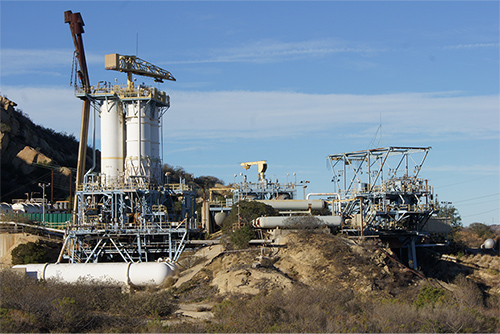
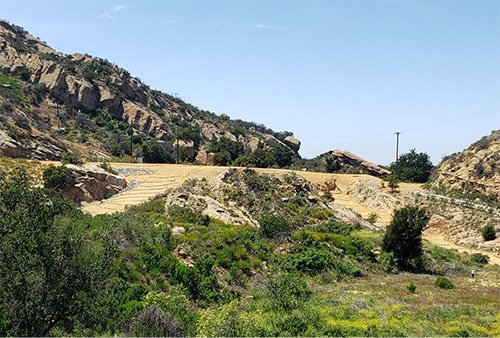
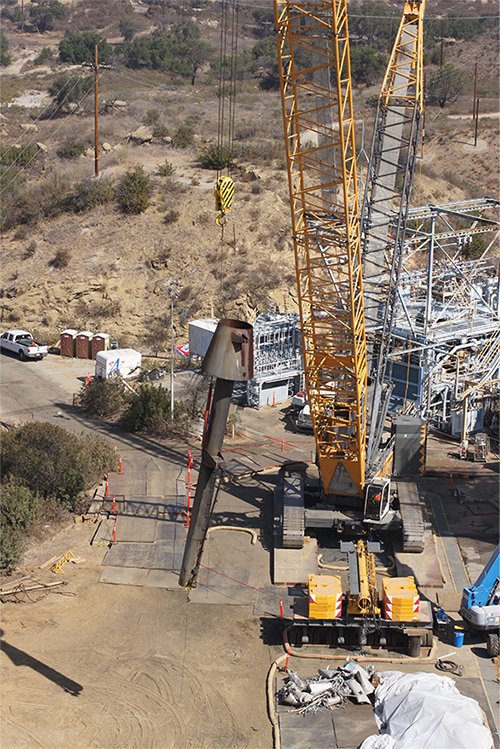
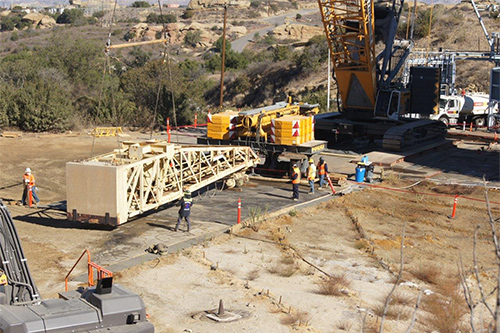
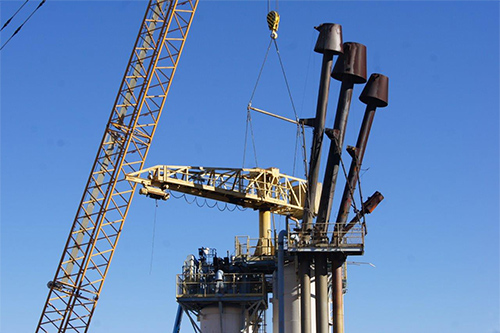
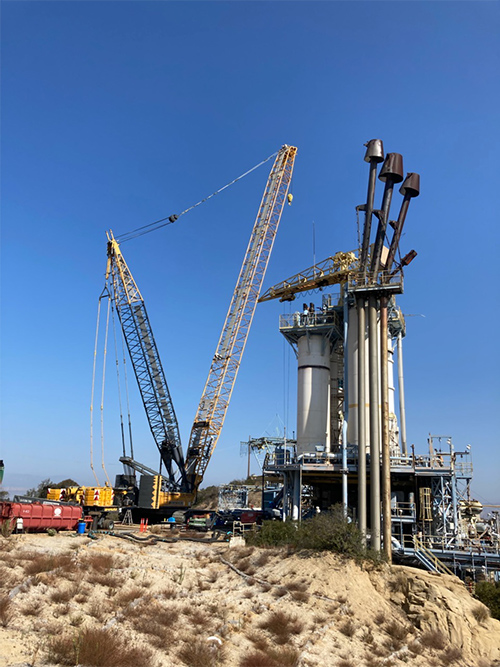
As part of the Agency's continuing effort to address cleanup of groundwater under the 2007 Order for Corrective Action, NASA has kicked off its pilot study to test the effectiveness of bedrock vapor extraction (BVE) to clean up contamination in the underlying bedrock matrix beneath the Santa Susana Field Laboratory. Please view the BVE fact sheet to learn more about the pilot study, including how BVE works, and how the SSFL BVE system's design utilizes the Agency's green engineering and sustainability practices.
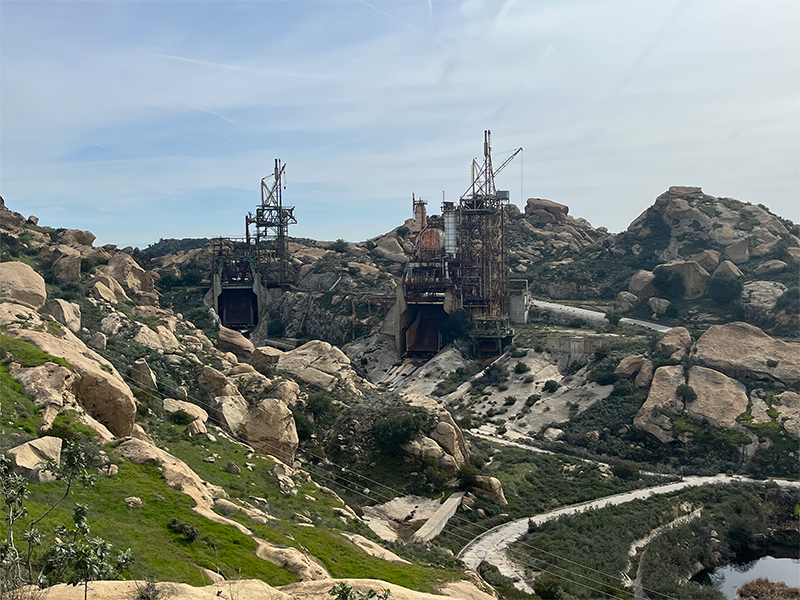
NASA continues to make progress with its demolition program at the Santa Susana Field Laboratory (SSFL), a critical part of the Agency’s preparations for final cleanup. This month, the Agency is moving into the first of three phases planned for the dismantling and removal the Coca Test Stands and Control House over the next three years.
The Coca Test Stands are the last of the four remaining test stands currently slated for demolition. In 2020, NASA announced it would preserve and retain the two Alfa Test Stands and Control house and proceed with the demolition of structures in the Bravo and Coca Test Areas in accordance with the 2014 Programmatic Agreement  , ending a 2015 deferral of the demolition of test stands. NASA completed demolition of the Bravo Test Area in 2022.
, ending a 2015 deferral of the demolition of test stands. NASA completed demolition of the Bravo Test Area in 2022.
Pre-demolition is now underway, and field crews have mobilized to complete biological surveys, conduct abatement activities, and make other preparations to ensure demolition activities are protective of workers, the public, and the site’s important cultural and biological resources.
NASA’s top priority at SSFL, including for demolition, is the health and safety of the community and our field teams. All demolition activities are conducted in accordance with NASA’s Demolition Standard Operating Procedures, approved by DTSC in 2011, the 2014 NASA Record of Decision for Demolition  , and all applicable state and federal regulations and requirements.
, and all applicable state and federal regulations and requirements.
The Coca Test Stands supported historic space exploration programs such as the 1960s Apollo Program that sent astronauts to the moon, as well as the Space Shuttle Program in the 1980s. NASA recognizes the role the Coca Test Stands played in these historic achievements and the Agency has identified several artifacts from within the test stands and control house that will be retained for historic preservation. You can sign up to receive notifications about demolition and other NASA SSFL updates by subscribing to our NASA SSFL Communications E-List.
NASA has published its latest edition of the FieldNOTE Newsletter for NASA’s cleanup activities at Santa Susana. This Spring/Summer 2022 newsletter provides an update on NASA’s progress with demolition, ongoing work on two groundwater pilot studies, and NASA’s agency-wide effort to investigate Per- and Polyfluoroalkyl Substances (PFAS) at NASA centers and facilities.
NASA is making progress toward the cleanup of groundwater in NASA areas at SSFL in line with the 2007 Consent Order. For an update on NASA’s efforts, including next steps, please view our infographic on Cleaning up Groundwater at the Santa Susana Field Lab.
NASA is committed to protecting human health and the environment in all of its activities and has initiated an agency-wide investigation to identify potential Per- and Polyfluoroalkyl Substances (PFAS) at NASA centers and associated facilities. As part of that effort, NASA conducted a Preliminary Assessment (PA) for PFAS at the Santa Susana Field Laboratory (PFAS) . Consistent with its agency-wide approach, the PA documents NASA's evaluation of areas of potential concern for historical use, storage, and disposal of PFAS within NASA-administered areas at SSFL. Later this month, NASA will begin fieldwork to collect soil and groundwater samples as part of a Site Inspection (SI) to determine the presence or absence of PFAS in the areas of potential concern identified in the PA.
Over the course of 2021, NASA continued to make headway in its effort to clean up its portion of the Santa Susana Field Laboratory (SSFL). The 2021 Year in Review describes activities and progress made in the areas of groundwater and soil cleanup, cultural resources, demolition, and air monitoring. NASA looks forward to continued progress in 2022 as we work toward achieving a cleanup that utilizes the best science and technology and protects the health and safety of the surrounding community and the natural environment.
NASA has published a new FieldNOTE Newsletter. The Fall/Winter 2021 edition provides an update on NASA’s groundwater pilot treatability studies and demolition activities in the Bravo Test Area.
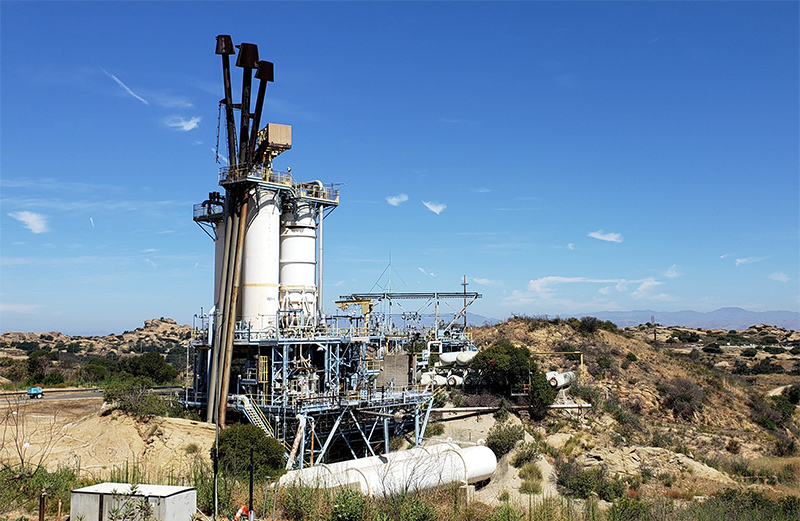
This spring, NASA is preparing to kick off the next phase of its demolition program at the Santa Susana Field Laboratory—a necessary and important step in the cleanup process. During Phase 5, NASA will demolish the Bravo test stands and control house.
Phase 5 is the continuation of NASA’s demolition program that began in 2015, in accordance with NASA’s Demolition Standard Operating Procedures, approved by DTSC in 2011, and the 2014 NASA Record of Decision for Demolition  . Following the completion of Phase 4 in February 2020, NASA announced its decision in April 2020 to end the deferral of the demolition of test stands and to proceed with demolition of the Bravo and Coca Test Areas.
. Following the completion of Phase 4 in February 2020, NASA announced its decision in April 2020 to end the deferral of the demolition of test stands and to proceed with demolition of the Bravo and Coca Test Areas.
Pre-demolition work will begin next month, as crews mobilize in the field and complete biological surveys and make other preparations to ensure demolition activities are conducted in a manner that protects the health and safety of workers, the public, and cultural and biological resources. NASA anticipates it will complete demolition of the Bravo test stands and control house by the end of 2022. Coca demolition activities are expected to be part of a sixth phase and would begin sometime in 2023.
NASA is committed to keeping the public informed about Phase 5 demolition activities. The Demolition page of this website will include regular updates and photos of Phase 5 activities. You can sign up to receive notifications of updates to this website by subscribing to our NASA SSFL Communications E-List  .
.